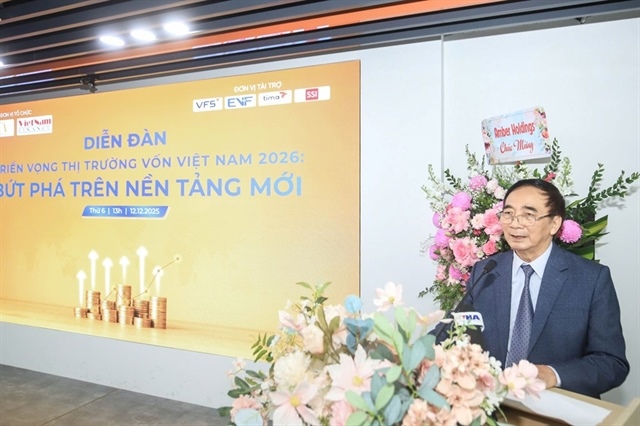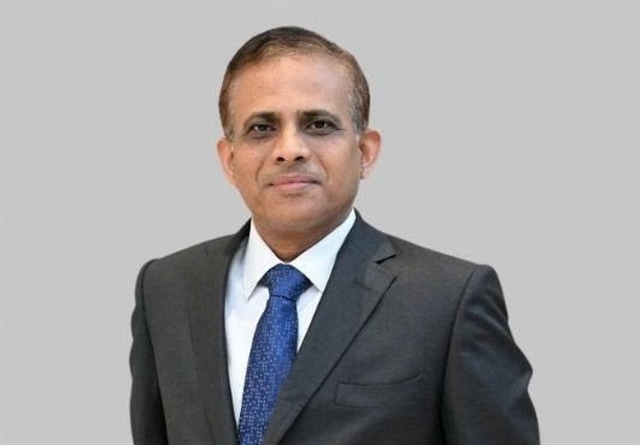Banking sector in 2012 – the facts and figures
Banking sector in 2012 – the facts and figures
The banking sector, which is always considered the most lucrative business field, has experienced a very bad year 2012.
Credit growth rate lowest in the last 20 years
The outstanding loans of the whole banking system had increased by 4.85 percent only by the end of the first 11 months of the year. The credit growth rate for the whole year 2012 is expected to be 5-5.5 percent.
This is for the first time since 1992 Vietnam saw the credit growth rate at one-digit level. The low credit growth rate has been attributed to the poor national economy performance. Since the market demand remains weak and the sales go slowly, businesses dare not borrow capital for their production plans, or cannot meet the requirements to be eligible for loans.
The outstanding loans provided to the real estate sector account for 50 percent of the total outstanding loans, about 1500 trillion dong. While the lending has been slowing down, the capital mobilized has increased sharply. By the end of the first 11 months of the year, the mobilized capital had increased by 15.98 percent in comparison with the end of 2011, while the figure is expected to reach 17 percent this year.
Bad debt soars
The bad debt ratio has been alarmingly increasing. By the end of September, the bad debt had increased by 66 percent in comparison with late 2011. The bad debt ratio of the whole banking system had reached 8.82 percent by the end of the first nine months, while it may climb to 8.5-10 percent by the end of the year.
The bad debts mortgaged with existing real estate and the real estate to be formed up in the future account for 70 percent of the total bad debts.
Banks’ profit down by 40 percent
Most commercial banks have reported the profit decreases in 2012, while some of them have even reported losses. The 9-month finance reports by the listed commercial banks showed that their profits were 40 percent lower than that of the same period of the last year. Especially, ACB and SHB even reported heavy losses for the third quarter, though they are the big bankers.
Meanwhile, the report by the State Bank’s inspectors showed that 20 credit institutions reported loss for the first half of the year.
Interest rates down by 3-8 percent
The prime interest rate has dropped by five percent over the end of 2011, from 14 percent to nine percent. While setting a cap on the short term deposit interest rate, the State Bank has kept the long term deposit interest rate floating.
The lending interest rates have decreased sharply by 3-8 percent per annum with the highest rate now at 15 percent. Analysts have reported that the current lending interest rates offered by commercial banks are between 12 and 15 percent per annum.
Bullion gold monopoly established
The State Bank of Vietnam has decided to apply a new policy for the gold market management. It has stated that SJC is now the national bullion gold brand, while SJC is the only unit which is allowed to make bullion gold.
Commercial banks have been told to stop mobilizing and lending in gold in 2012.
Weak commercial banks forced for restructuring
Nine weak commercial banks have been asked to undergo a restructuring process. Three of them merged successfully in late 2011, including SCB, De Nhat and Tin Nghia.
The year 2012 witnessed the success of the merger of Habubank and SHB. The operation of the new bank has become stabilized after it incurred the loss of 1.1 trillion dong in the first nine months of the year.
Tien Phong Bank successfully restructured itself in June, after DOJI group spent money to buy 20 percent of stakes. Four banks, namely Navibank, GP Bank, TrustBank and Western Bank have not made public their restructure plans.
vietnamnet




























